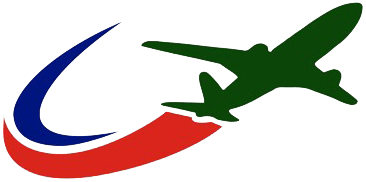This work-package will draw on knowledge gained from the other work packages to make an assessment of the overall benefits and viability of turbulence skin friction control for aircraft. An important part of this is will be in specifying the hardware requirements for control under flight conditions. This will be based on extrapolation of the data generated in the numerical simulations and experiments of WP2WP3 and WP3WP4 and the demonstrator experiments in WP4WP5 to the very high Reynolds numbers of an aircraft in cruise. In order to be able to compute the overall drag reduction on aircraft without the need to resolving all the turbulence structure (a practical impossibility) a significant effort in this work package will be devoted to the development of turbulence models for controlled turbulence. These will be based on correlation data generated in WP2WP3, WP3WP4 and WP4WP5 and will be implemented in the industrial solvers of the partners. RANS computations of controlled boundary layers on aircraft surfaces will enable total drag reductions to be determined rather than just the frictional component of the drag and will also enable an assessment of the benefits of actuation for controlling turbulence in engine flows. A fuller assessment of fuel savings will include allowing for possible gains from resizing of the aircraft and engines in response to reduced drag and will seek to take account of actuation efficiency. The work package will deliver an assessment of overall drag reduction, power saving and engine performance along with recommendations for future research and development.
The industrial and academic partners involved in DRAGY will mutually benefit from the collaboration specified in this WP. In particular, WP5WP5 aims at facilitating the exchange of ideas, models, algorithms and knowledge between industry and academia.
